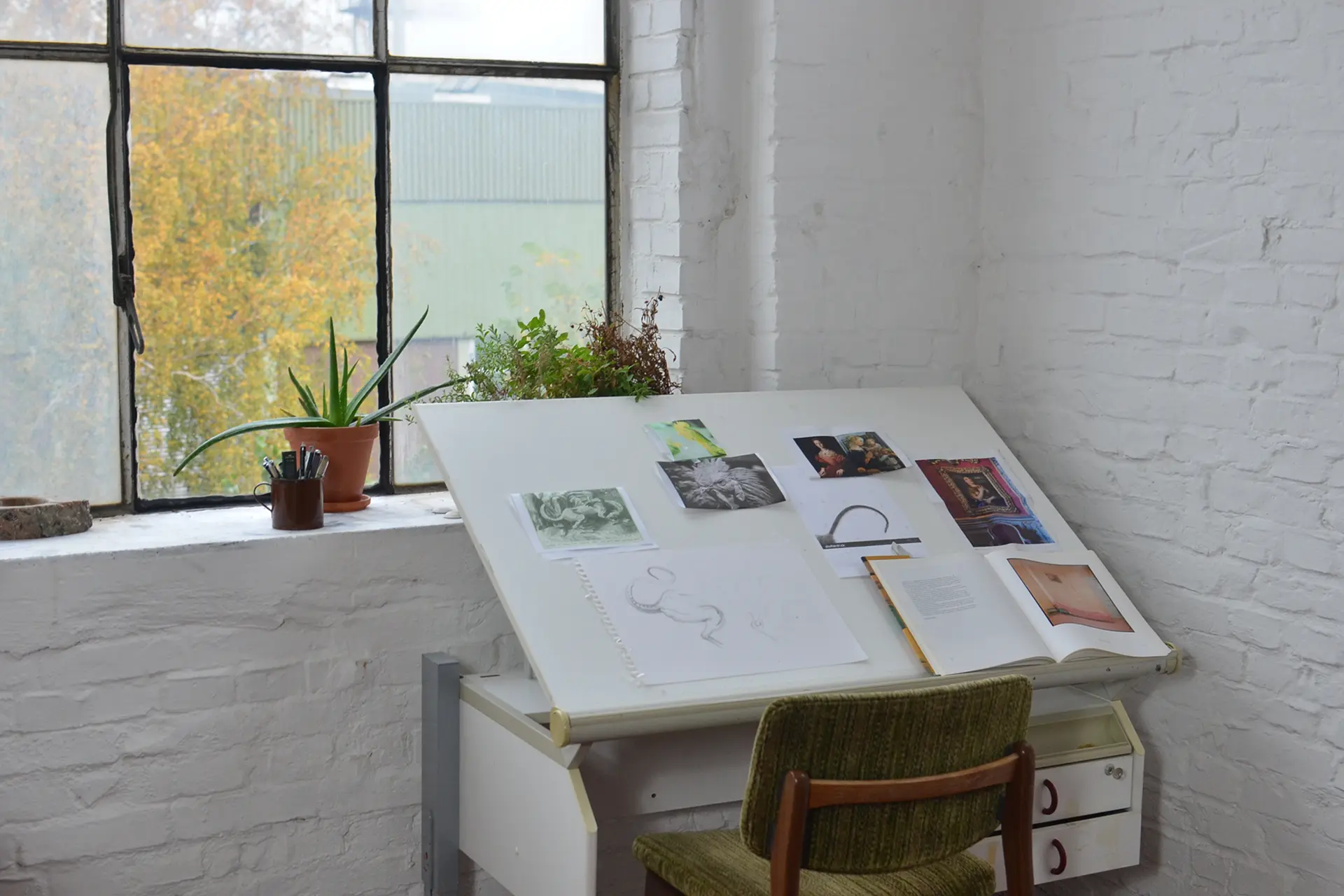Since its creation, since man could make a mark on paper, paper has made a mark on life. Whether it’s books, love letters, official documents, or important correspondence, paper has told the history of mankind.
Two copies of President Abraham Lincoln’s handwritten 1863 Gettysburg Address reside in argon-filled, temperature-controlled display cases in the Library of Congress. Anne Frank’s diary, written while she hid in an attic between 1942 and 1944, is an international bestseller. Her original handwritten diary is on display at her family’s hiding location, now a museum in the Westermarkt district of Amsterdam.
Paper often increases in value, based on what’s written or printed on it. Leonardo da Vinci’s notebook, the Codex Leicester, is filled with his ideas and sketches of astronomy, botany, architecture, maths, and mechanics. It was bought at auction in 1994 for $30.8 million. Paper money was invented around AD 806 in China. The first consistent use of paper money in Europe was in 18th century France. Britain has used paper money since 1725, with polymer notes only recently introduced, in 2016.
